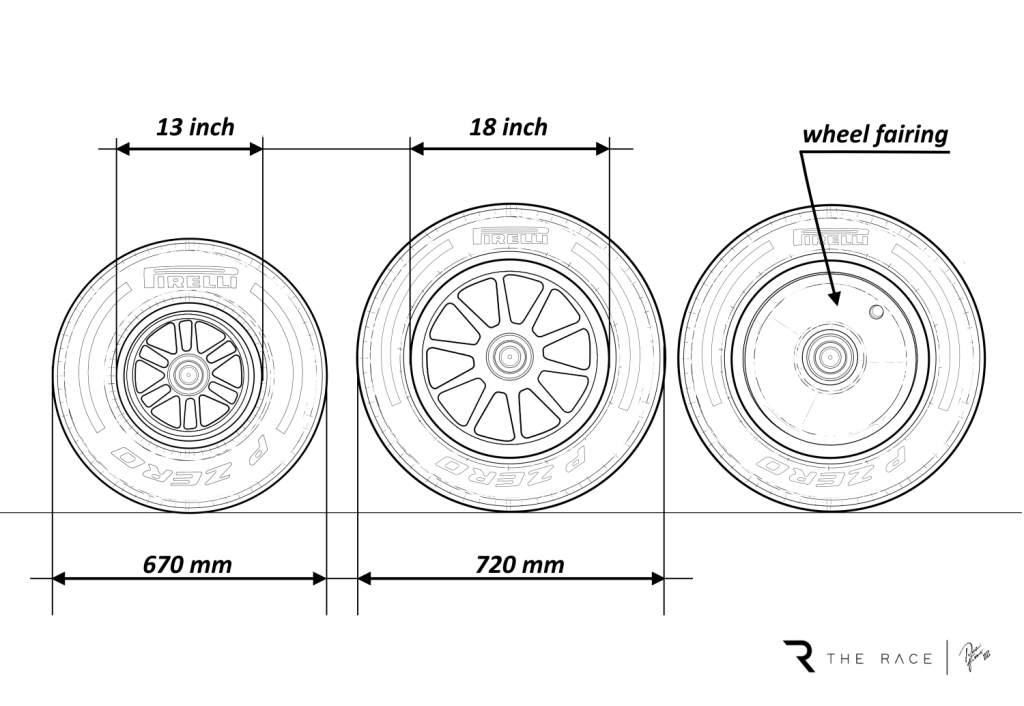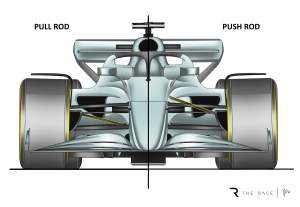Up Next

Illustrations by Rosario Giuliana
One of the most obvious visual changes to Formula 1 for 2022 is the long-awaited introduction of 18-inch wheel rims.
This move has long been talked about given it follows the trend for road cars to have low-profile tyres. The first on-track test of an 18-inch wheel rim with Pirellis was way back in 2014 when Charles Pic drove a Lotus at Silverstone equipped with them.
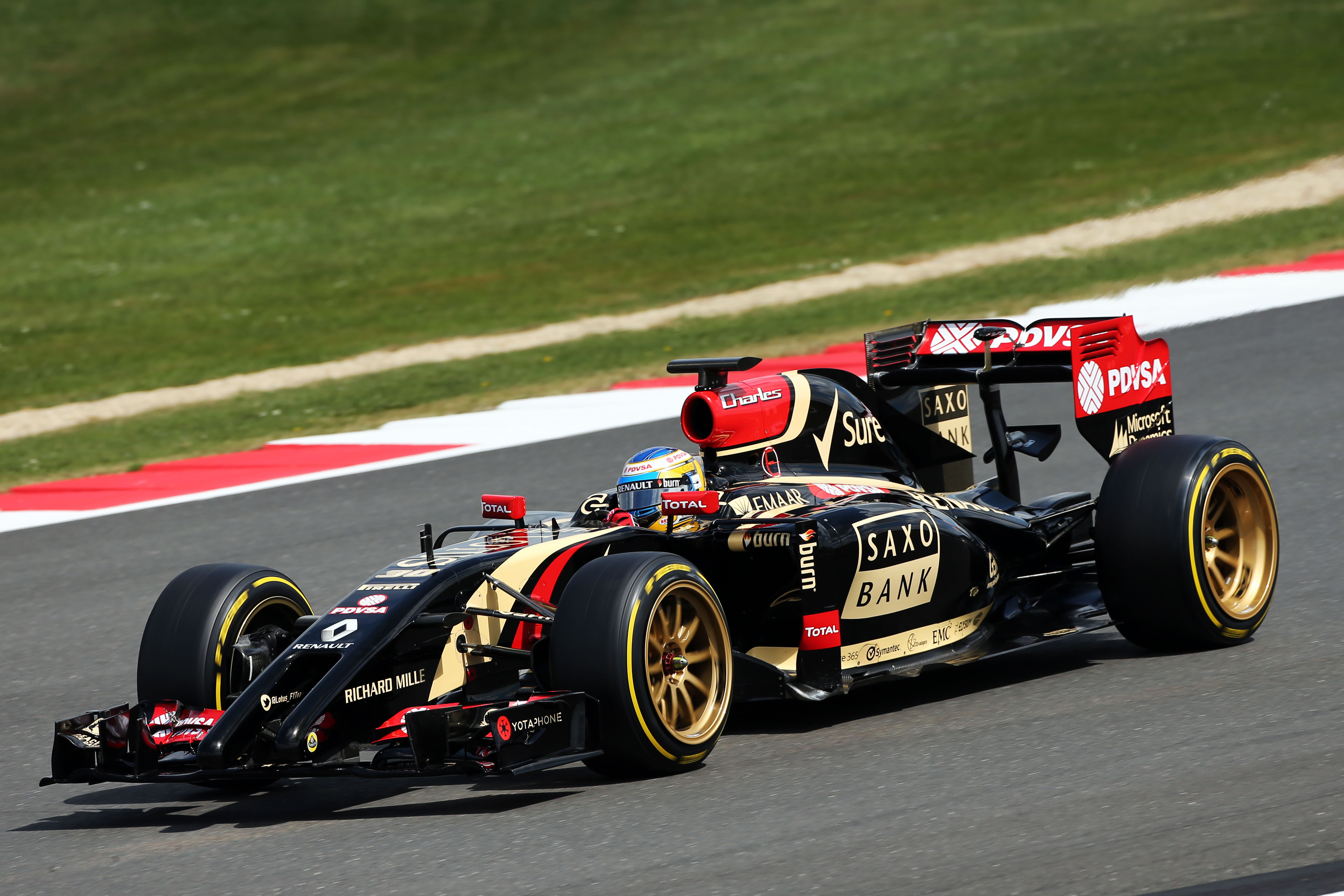
As that proves, although F1 cars on the track are incredibly fast, behind the scenes some things take a lot longer.
The new tyres have been developed through a lengthy track testing programme conducted by Pirelli. It used cars simulating 2022 downforce levels and that all started back in 2019. This was on top of plenty of off-track simulation work by both Pirelli and the teams, and this has left them with a decent understanding of what is required.
However, the aerodynamic characteristics of the 2022 car compared to the earlier cars will be vastly different so the main surprises are still around the corner.
The one big penalty that comes with the wheel change is the weight. The fronts are 2.5kg heavier, the rears 3.0kg heavier so a set adds 11kg to the weight of the car, all unsprung. This is roughly a 10% increase in the unsprung mass and because of that there will be higher inertia levels over bumps and kerbs; with the outlawing of the inerters front and rear this is something else that needs resolving.
However, changing from 13-inch rims to 18-inch rims is not as simple as just making a tyre that will fit the larger wheels. It will completely change the characteristics of how the tyre works and probably more importantly the feedback the driver gets from that tyre.
Drivers want a tyre that loads up quickly and unloads slowly. In other words, on corner entry you want the front of the car to respond to steering input directly. If that happens then initially it feels like the car is going to swap ends, so you also need the rear tyre to load up quickly to reassure the driver that the car is not going to keep on oversteering. Within the set-up you can reduce the rate of turn by altering the toe in/out on the front.
Mid-corner, when both ends of the car are loaded up, it’s just about having a good balance so the car is rotating nicely around the front axle. The front is again connected to the steering wheel so the driver can alter the car’s trajectory as required.
On the corner exit, and as the driver is unloading the steering, they want the rear of the car to maintain the grip to allow them to come onto the throttle as aggressively as possible.
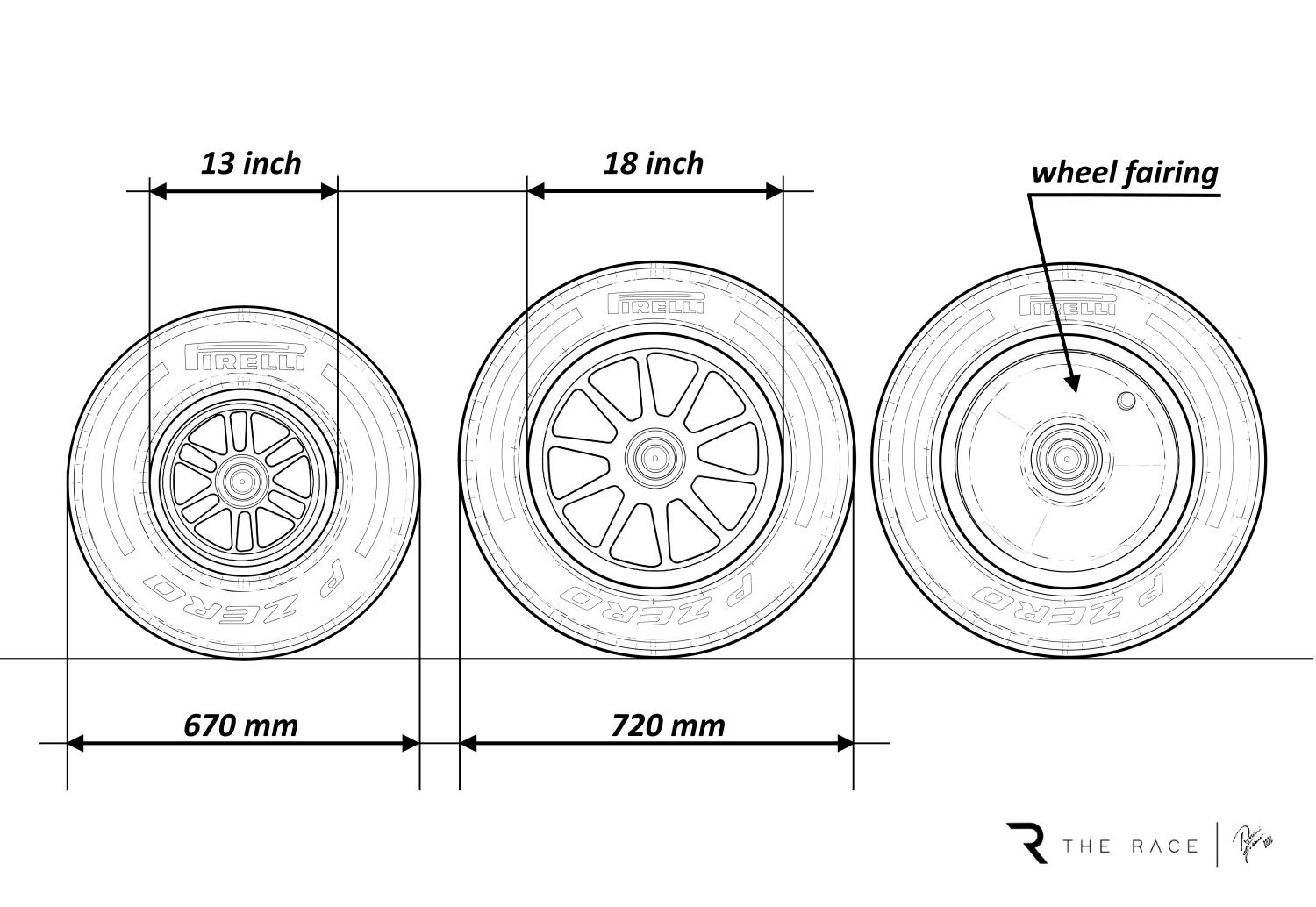
If the car has a little understeer mid-to-exit of the corner then when the front is unloaded the front tyre will suddenly grip and the rear will snap into an oversteer and the driver will have to get out of the throttle. This is why I say the driver likes a tyre that unloads slowly. It gives early feedback that one end or the other is going into a slide and allows the driver to react without panicking.
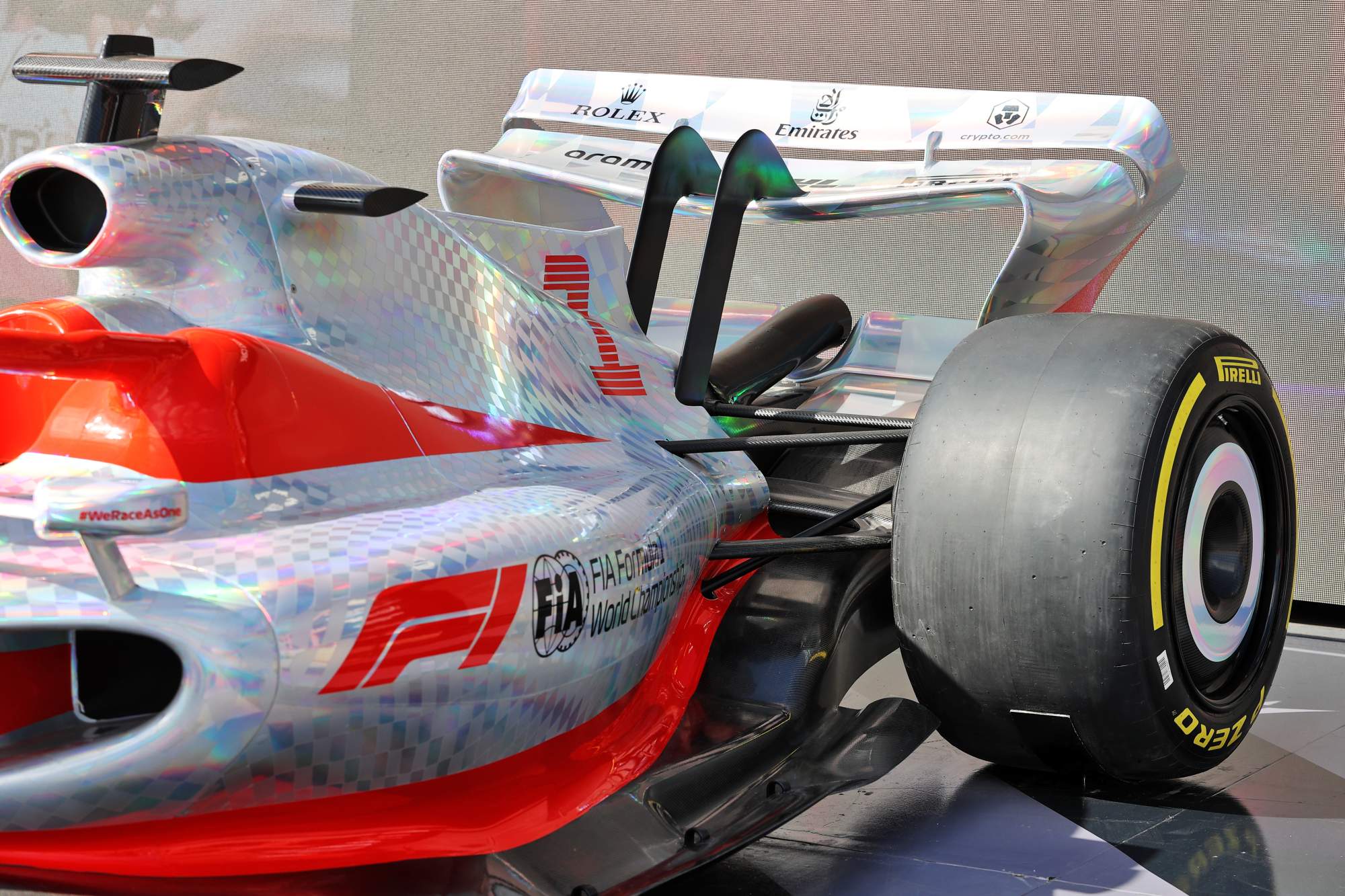
Going from a 13-inch rim with tall tyre sidewalls to an 18-inch rim with reduced height sidewalls will make the tyre response faster as the rim and the tyre belt are more in harmony with each other. But Pirelli was not only tasked with producing low-profile tyres, it was also asked to produce tyres that were less temperature-sensitive and required less management to allow drivers to push harder for longer.
From what I have read, Fernando Alonso believes his experience in the World Endurance Championship with Toyota on low profile Michelin tyres might just give him an advantage on how to optimise the use of the tyres. I’m sorry to disillusion him, but Michelin has a very different philosophy in its tyre construction compared to Pirelli.
With the tyre sidewalls being reduced in height, it will mean that there is not as much tyre flexing going on over kerbs or even just laterally as the tyre grips and releases. We have seen on many occasions the tyres oscillating dramatically as this is happening. That in itself generates tyre carcass temperature, which in turn goes into the tread. This should be reduced.
However, it does mean – for good or bad – that the suspension will be responsible for a larger percentage of the vertical movement.
The good part is that you have damper control over that movement, the bad part is if you have a geometry that is not optimising the tyre contact patch for all corner speeds you won’t have as much grip as someone that does.


